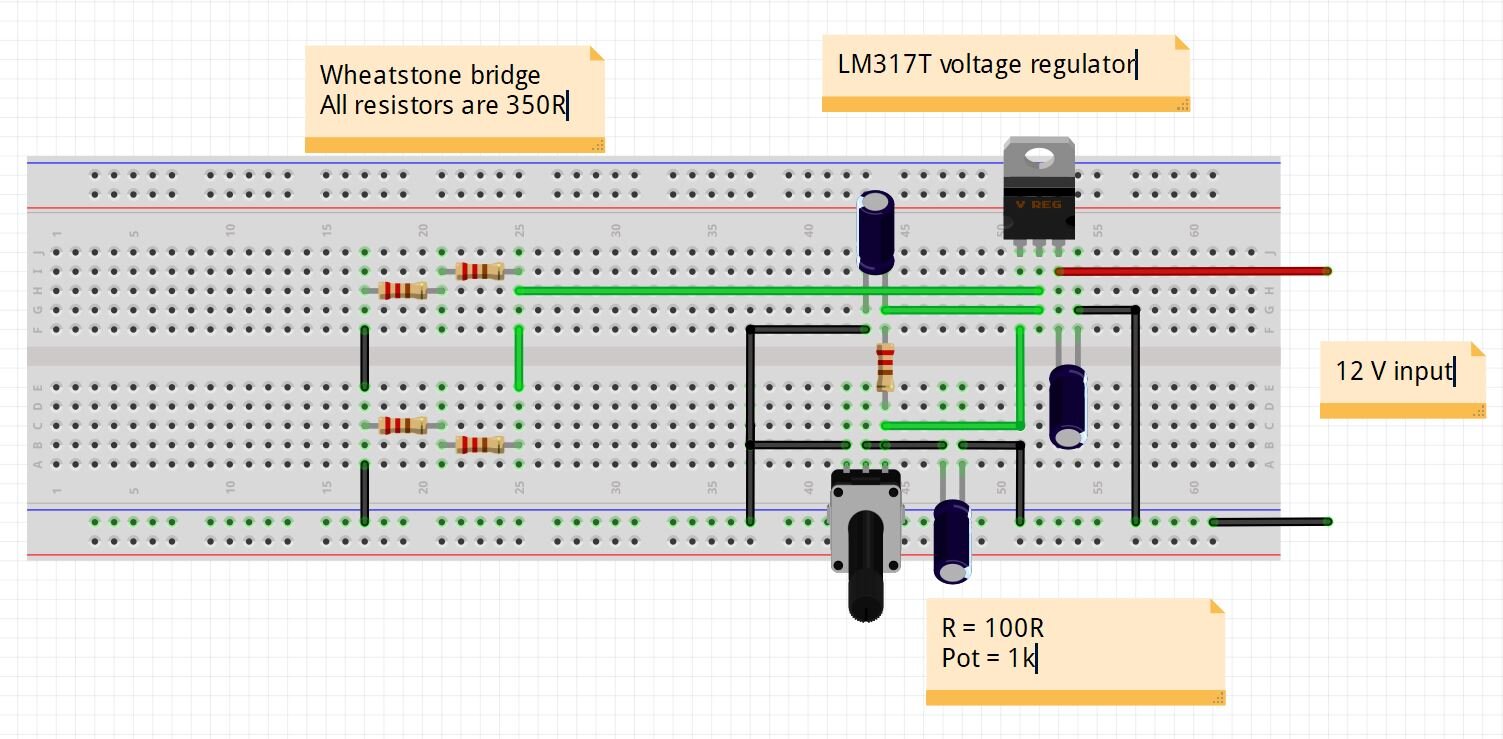What is the pressure inside of a soda can?
Since I’ve been playing with strain gauges for a while, I wanted to find some fun and educational applications of them. I thought I can estimate the pressure inside a soda can by using a strain gauge. I think this is a good demonstration for both strain gauges and pressure vessels. It is a very cheap but powerful experiment with refreshing results.
The basic principle is the following:
I measure the change of the strain in the shell of the soda can
I calculate the stress change upon the pressure release using Hooke’s law ( σ = ε * E )
This stress change is the change in the hoop stress induced by the pressure change of the CO2 gas
Based on the thin-walled pressure vessel formulas, I obtain the internal pressure
I looked up some other resources on the internet and it seems like that my result is not so bad. This video I found on YouTube measures very similar value with a much more professional system. And the collection of data I found scatters around my value too.
Schematics of the Wheatstone bridge and voltage regulator
Wheatstone bridge (left) and voltage regulator (right) circuits. All resistors are 350R, and one of the resistors is replaced by a strain gauge to get an unbalanced quarter bridge circuit. The voltage regulator is adjusted via the potentiomer which is connected to the circuit in a so-called rheostat mode. In my example, the input voltage is 12 V and the output voltage is 5 V.
